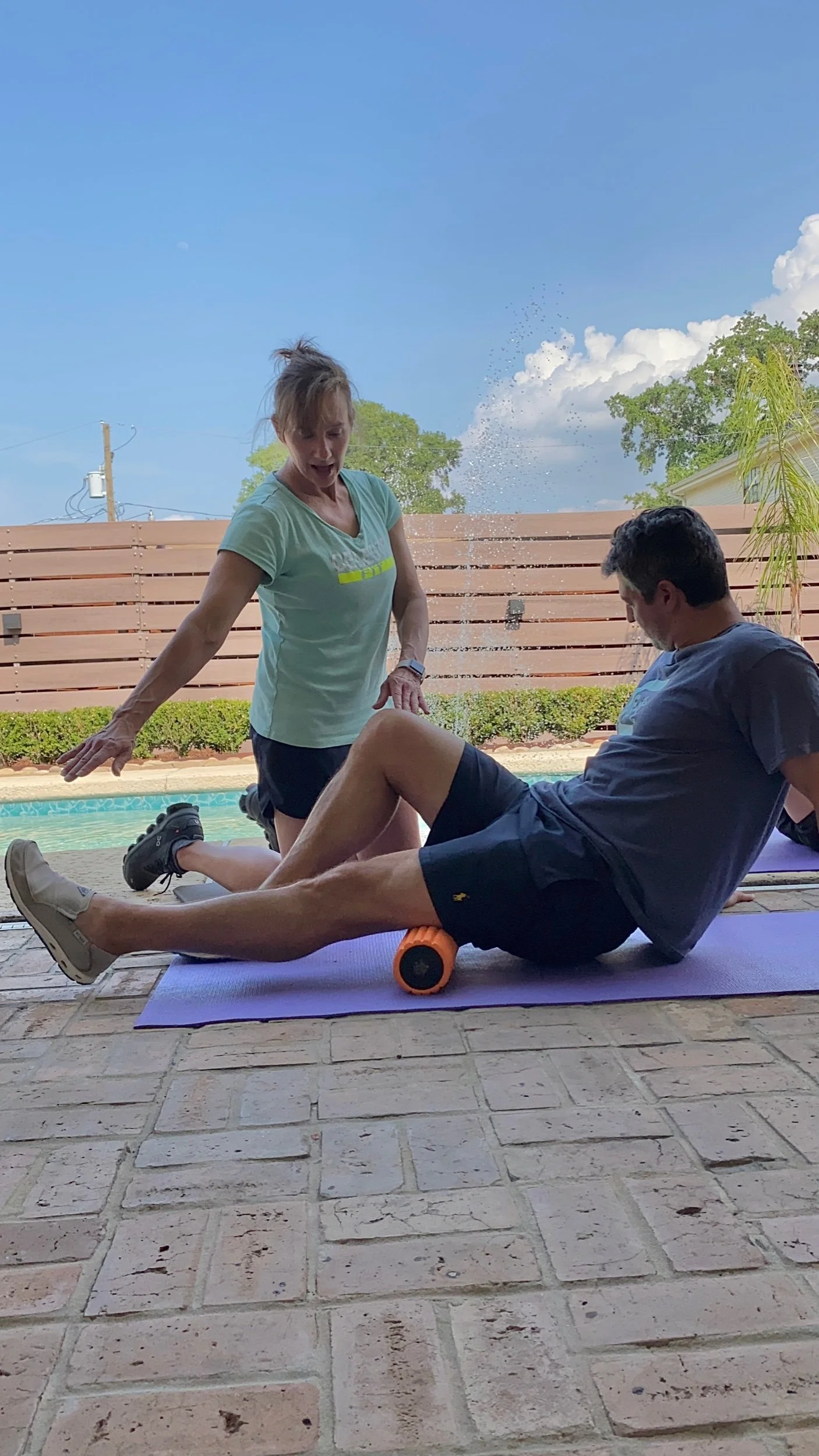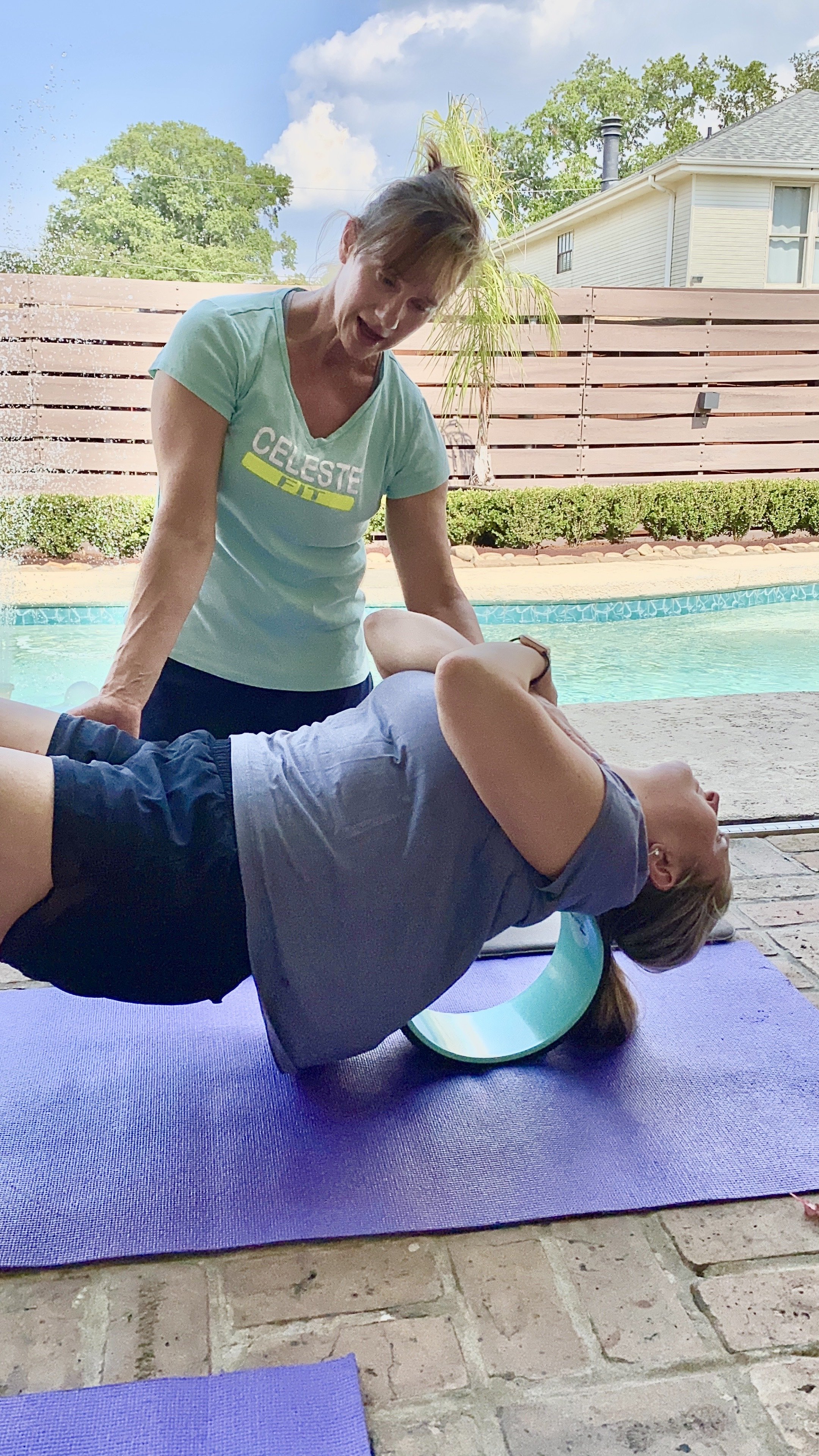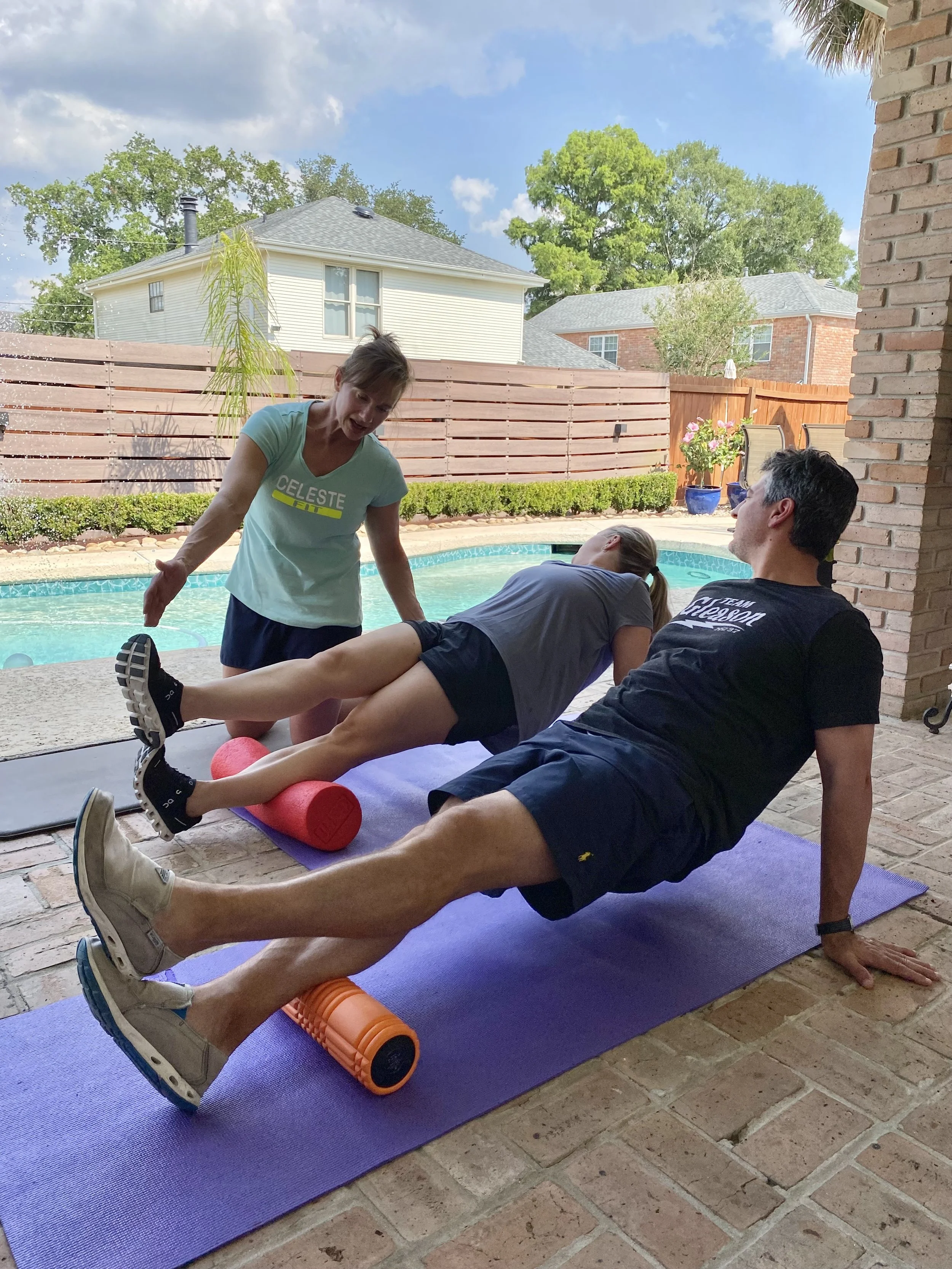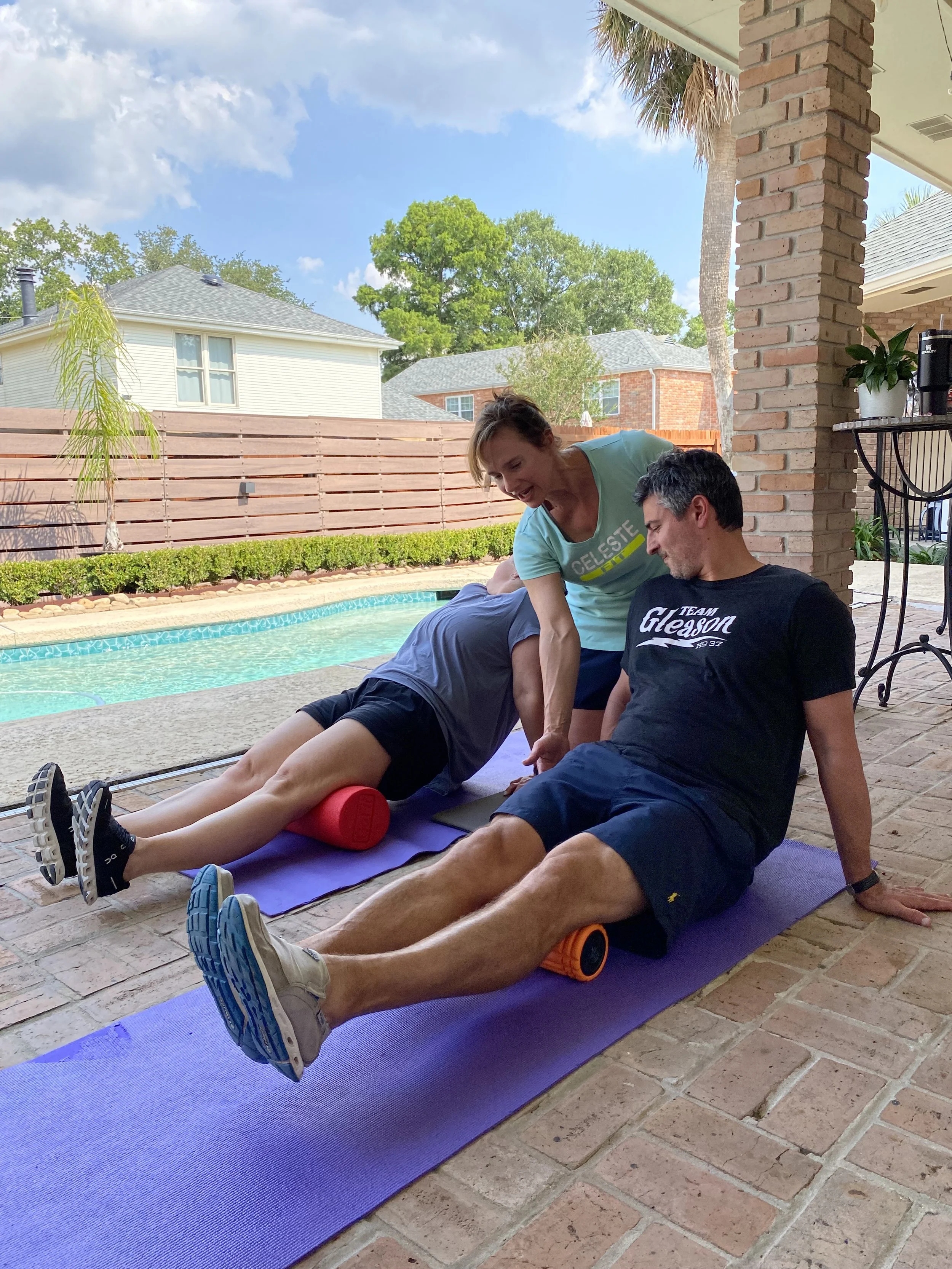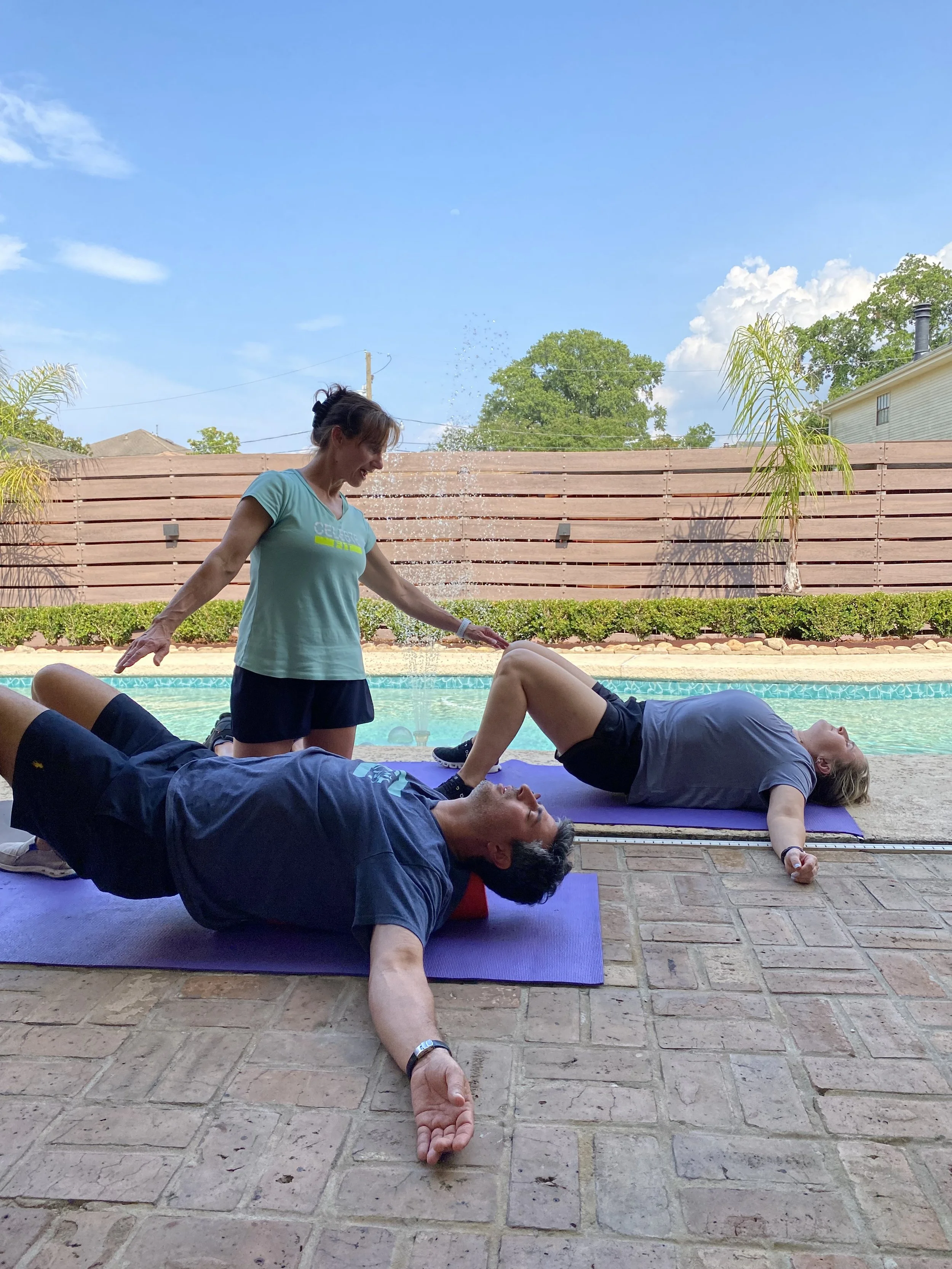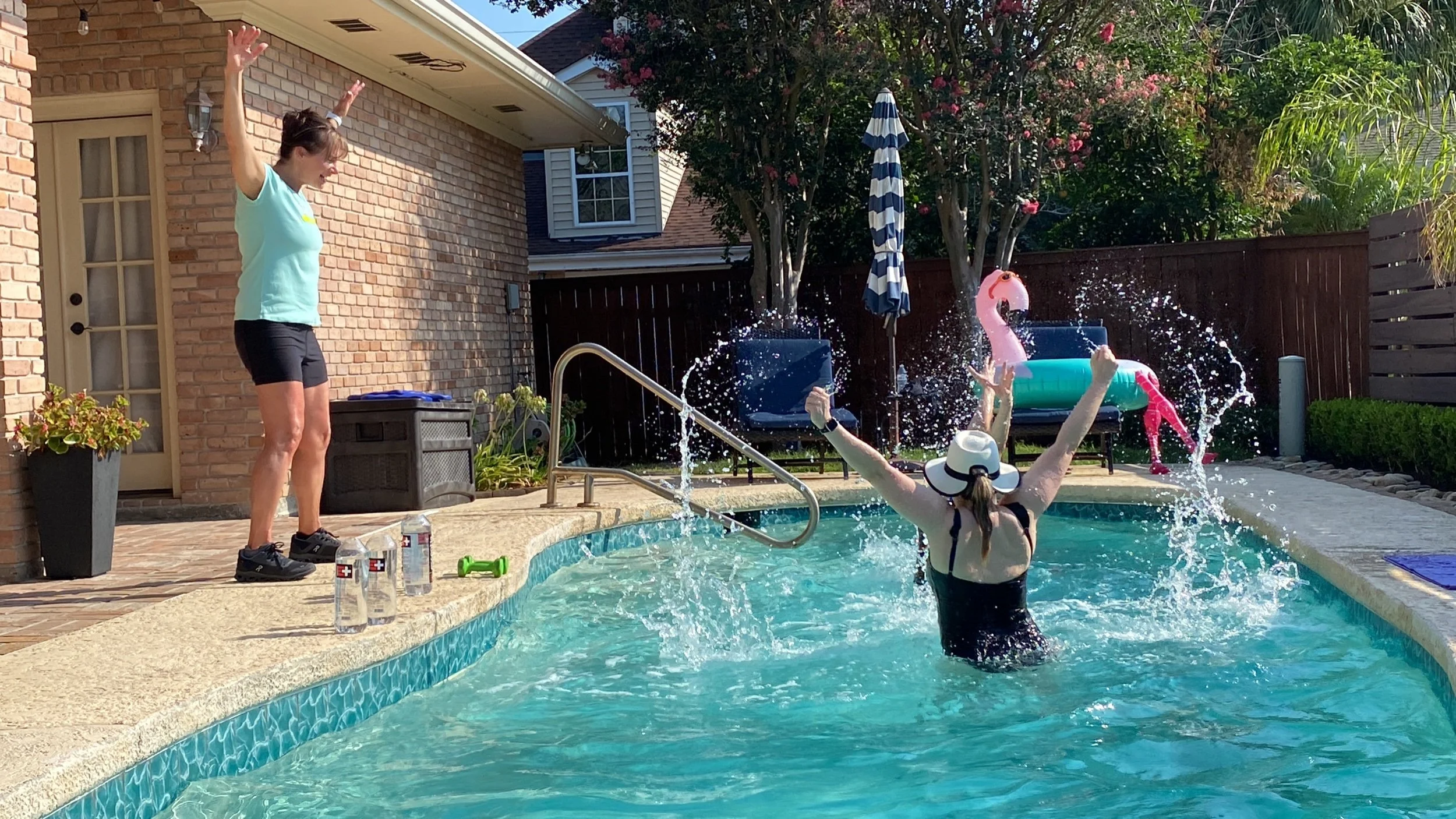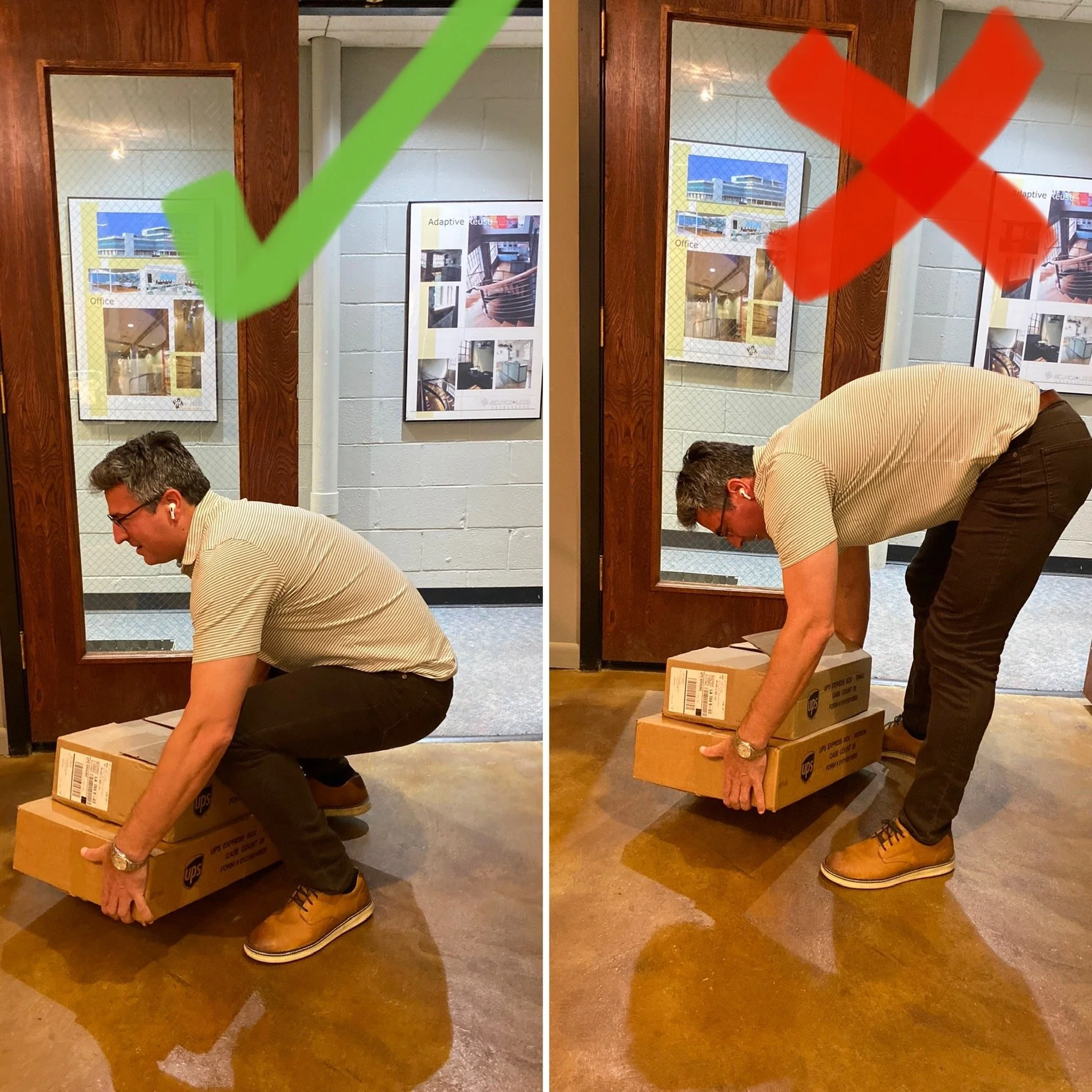Rolling into Fitness
Foam rolling is not just for athletes. It is helpful for people like you and me who may sit at a desk all day, have poor posture or joint issues and may experience tight muscles from exercising. The benefits of a foam roller for a self-myofascial release have been promoted by physical therapists, personal trainers and massage therapists for years and here’s why:
Foam rolling alleviates muscle soreness and reduces inflammation that occurs during muscle repair and recovery.
increases blood flow
aids in injury prevention by maintaining muscle length and elasticity, as well as, reducing muscle tension and tightness
promotes relaxation by releasing those sensitive trigger points which develop in the fascia
Foam rollers have become a popular tool to do before your workouts as a warm up or after your workouts to prevent muscle soreness. In general, a foam roller can be used anytime to give yourself a self massage.
Roll for Relaxation
Chirp wheel Roller
However, sometimes using a foam roller can be uncomfortable. The density, texture, size and shape of foam rollers affect how they are used and what they are best for…so if you’re a beginner, start with a lighter pressure and try not putting all your body weight onto the roller. I would recommend a low-to-medium density foam roller when you’re starting out. CAUTION: if your pain is sharp as you are rolling out the knots, working through the discomfort can be risky. Sometimes, pushing past the intense pain does not produce results and can bruise the muscles. So, take your time, you can adjust the intensity according to how your body responds.
Upper Back Exercise - using a foam roller (24-36 inches long), lie down on it just below your shoulder blades in the middle of your back and perpendicular to your spine. Support your head with your hands and bring your elbows in towards your chest. Bend your knees and while lifting your glutes off the floor, roll forward and back just a few inches along your mid-back.
2. Calf exercise - While seated on the ground, place your foam roller under your calf with leg extended and rest your other foot on the floor with the knee bent. Keep your ankle flexed to help engage the calf while rolling it. Try to lift your glutes off the floor to roll slowly from your ankle to approximately the back of your knee. When you reach a tender spot, pause and hold the roller 20-30 seconds before moving again.
3. Hamstring exercise - While seated on the ground, position the roller under your right thigh with your arms placed behind you on the floor for support. Gently roll forward and back from the back of the knee to right below your glutes. Option: you can roll both hamstrings at the same time or work one leg at a time.
Roll out Legs (Hamstrings)
4. Quad Exercise - Lie on your belly and position the roller under your thighs. You can either roll both quads at once, or move the roller up/down on one thigh. Brace yourself up on your elbows and roll back and forth from the top of your knee to your hip.
5. Glutes Exercise- Sit on top of the foam roller with your knees bent and feet on the floor. Lift your right foot and place it across your left knee, making a seated Figure-4 position. Using your arms extended behind you to the floor for support, roll forward and back to target the right glute. Repeat on the other side.
6. Illiotibial (IT) Band Exercise- Lie on side with the roller positioned underneath the side of the leg and the opposite foot placed on the floor in front of the roller. Prop yourself up on your elbow and roll back/forth along the outer thigh above your knee to just below your hip bone. Take you time and pause the roller on specific spots for 20-30 seconds. Lean forward to adjust the pressure and intensity.
7. Chest opener stretch- place roller on the floor and extend your spine over the foam roller. Relax your arms out to the side or across your chest, as the chest and shoulder tightness release. Hold for 1- 2 minutes breathing slowly and intentionally.

